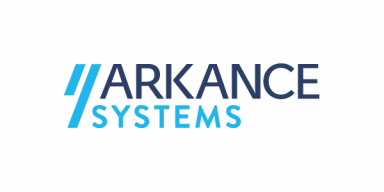Extended Detection and Response (XDR) solutions
XDR (Extended Detection and Response), an advanced concept offering an integrated and extended approach to threat detection, analysis and response by combining data and information from endpoints, network, cloud and applications.

What is XDR?
It is an evolution of the traditional approach to detecting and responding to cyber-attacks, incorporating a broader range of tools, data analytics and complex information processing. This new approach seeks to bridge the gaps between traditional security methods and enable organizations to gain a holistic view of the security landscape to better respond to the ever-evolving cyber risk.
Main features of XDR
Extensive data collection
XDR integrates various data sources from across the IT environment, including endpoints (endpoint devices), networks, servers, cloud services and more. This enables a detailed view of network traffic and activity.
Data analysis and correlation
XDR performs sophisticated analysis and correlation of data from multiple sources to identify suspicious behaviour patterns, unusual events and potential threats. This enables early detection of advanced attacks.
Threat detection
Based on data analysis, XDR identifies potential threats and generates alerts for cyber teams. Detection includes features of known and unknown threats and relies on machine learning and artificial intelligence algorithms.
Response
XDR includes not only detection, but also proactive response to threats. This can include automatically isolating compromised systems, blocking dangerous communications and other security measures.
Integration with other tools
XDR often enables integration with existing security management tools, improving the coordination and efficiency of cyber teams when responding to threats.
Visualization and reporting
XDR users have access to data visualizations and reports that help with understanding the current security situation and facilitate strategic decision making.
Benefits
- A broader view of threats and the ability to intercept attacks at different points in the infrastructure
- Early detection through data analysis and correlation
- Faster and automated response to threats
- Reduced need for manual analysis and alert generation
- Better use of your cyber team's time and resources
- Gain an innovative and effective tool in today's changing environment
DO NOT HESITATE TO
CONTACT US
Are you interested in more information or an offer for your specific situation?



































